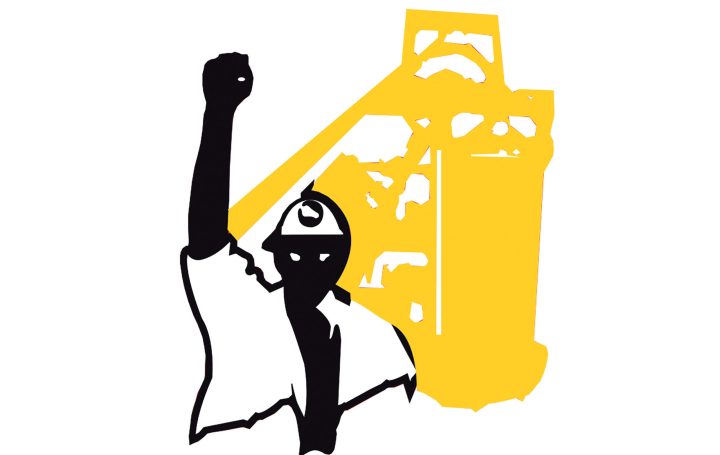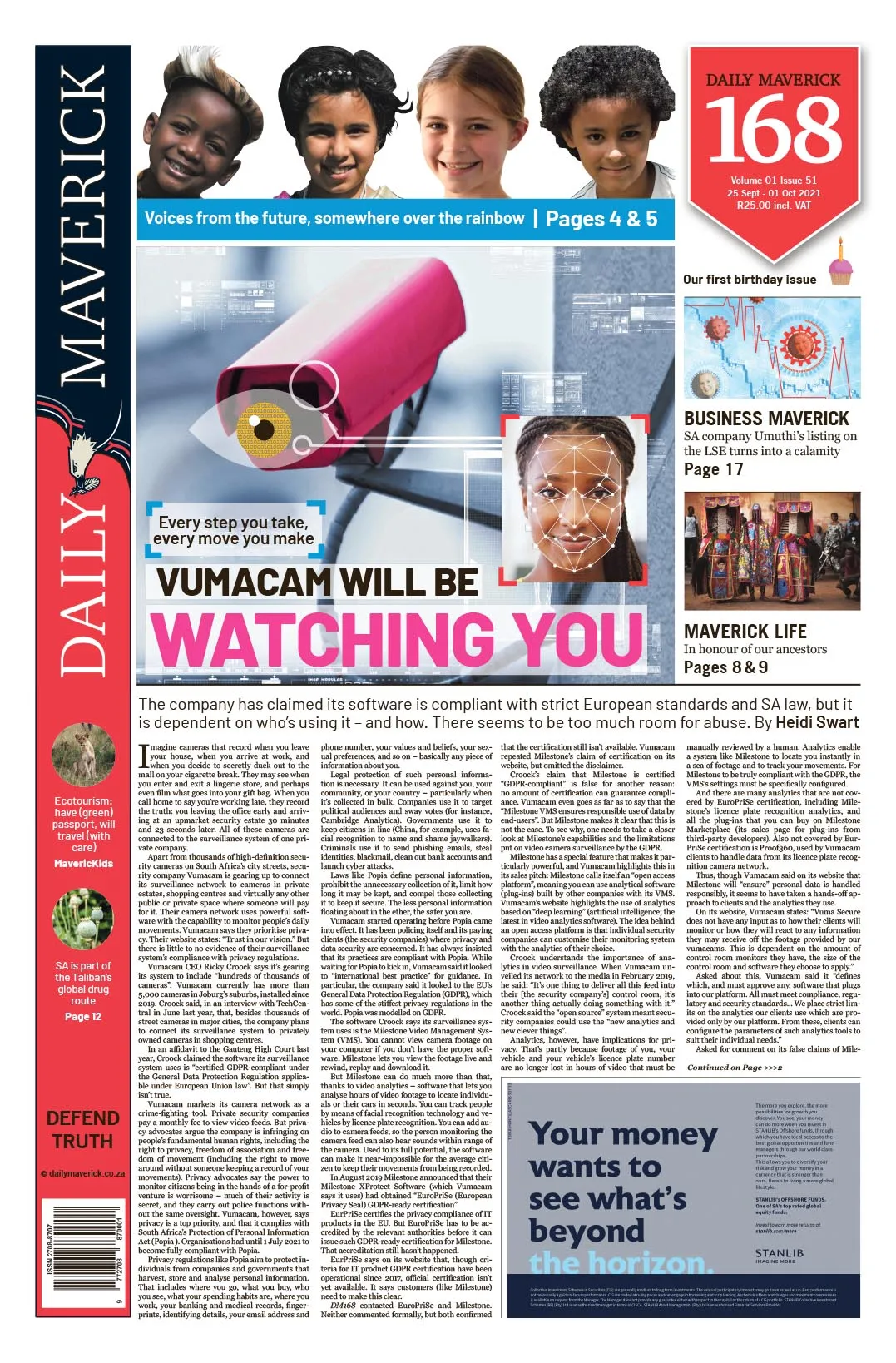BUSINESS MAVERICK 168
The fragile peace between South Africa’s labour unions and the mining industry

Relations between organised labour and South Africa’s mining industry have, it would seem on the surface, never been better. After decades of intense class conflict, rooted in the grotesque exploitation that defined the apartheid era, this is no small achievement.
First published in the Daily Maverick 168 weekly newspaper.
The latest example of this eruption of peace was the three-year wage agreement signed on 16 September between Harmony Gold and no less than five unions that straddled the ideological spectrum. The agreement was certainly a decent one for workers, with pay hikes that were, generally, significantly above current inflation rates.
The talks by all accounts had gone smoothly from the start and never came close to an impasse or a dispute, never mind a strike. It’s all a far cry from a decade ago, when the Association of Mineworkers and Construction Union’s (Amcu) rise on the platinum belt triggered a vortex of violence that included the Marikana Massacre in 2012.
Amcu’s lethal turf war with the ANC-aligned National Union of Mineworkers (NUM) would rumble on, and Amcu would lead a dramatic five-month strike in 2014 against the platinum sector. Gold and other sectors would also be rocked by labour unrest.
Since then, SA has become poorer and more unequal, with sluggish economic growth failing to keep pace with population growth. The pandemic and its lockdowns have added to the prevailing economic misery. Unemployment has soared and now stands at a world-record 34.4%, or 44.4% if disheartened job seekers are included.
So, why the outbreak of peace? Such an environment can be conducive to labour militancy. It can also blunt it. When unemployment is high – and in SA it has now ascended to the cruising altitudes of large passenger planes – wages often get depressed.
For employers, it’s a buyer’s market.
When it is very low, wages tend to rise and it becomes a seller’s market, as it were. So it makes sense that labour is not pressing hard for massive pay increases in the current environment.
A cynic might note that unemployment in SA was also high in, say, 2012 or 2014, when labour militancy was on the boil. But rising unemployment will eventually pour cold water into that pot. In that regard, an effective rate of 44.4% may be a tipping point.
And, of course, the sky-high jobless rate and the economic woes that have given rise to it are consequences of ANC policy failures, which it could be argued are now undermining the bargaining power of the governing party’s labour allies.
Other trends are also at work here.
One is a consequence of past labour militancy – it has reaped dividends. Mining companies have for years, even when commodity prices were depressed and margins were thin, been generally agreeing to above-inflation wage hikes.
This has come off a low base, but over time it has translated into a rise in real wages for those fortunate enough to have a job. Eventually, that takes the edge off wage demands.
The typical miner also has several dependants, which has been one of the driving forces of wage talks in the past. Many no doubt have more mouths to feed because of the mounting job losses in the face of the Covid-19 pandemic and the ANC’s often ham-fisted policies to contain it. But such a scenario can reduce the appetite for a protracted strike.
Who wants to go months with no pay when household demands are increasing?
Then there is the spectre of mechanisation and automation, which are being rolled out wherever SA’s challenging geology allows. A labour leader who does not realise that the rock-driller operators paying their union dues today may get replaced by a machine tomorrow has not been paying attention.
There has also been a dramatic change in corporate culture in recent years with the surge to prominence of ESGs (environmental, social and governance) issues.
Among others, these address many of the concerns that have been on the labour agenda, such as health and safety. This also serves to undermine the role of unions.
On top of that, South African mining companies often fulfil the state’s role when it comes to the provision of things such as health services or roads to mining communities.
This has all been unfolding against a backdrop of a commodity boom, which has placed SA mining companies in an enviable space when it comes to wage negotiations: record prices juxtaposed with record unemployment. This allowed Harmony, for example, to agree to inflation-beating pay raises without much arm twisting.
Many mining companies are now in a position to carry on the trend of overseeing an upturn in the real wages of their workforce while also making fat profits and paying fat dividends and tax bills.
It must be said that red-hot prices for some commodities, such as platinum group metals (PGMs), have cooled off significantly of late for a range of reasons, including a global chip shortage that has put the brakes on auto production. This has dampened demand for PGM use in auto catalysts. It remains to be seen how all of this plays out when the next round of wage talks kicks off in the PGM sector.
It has not all been a bed of roses. NUM and Amcu have taken more strident tones in their wage talks with Sibanye-Stillwater’s gold unit. And union rivalry was behind the violence that temporarily shut production at the rebooting Blyvoor Gold Mine earlier this year. Social tensions still simmer in many mining communities, while criminal gangs seeking a piece of the lucrative procurement action have tried to shake the industry down. Witness what has recently taken place at Richards Bay Minerals, a unit of global mining giant Rio Tinto.
But the sector’s strained relations with organised labour are clearly on the mend. A five-month strike like the one that shook the platinum sector in 2014 now seems inconceivable. Let’s see if the peace lasts, or if it is just a truce. DM168
This story first appeared in our weekly Daily Maverick 168 newspaper which is available for R25 at Pick n Pay, Exclusive Books and airport bookstores. For your nearest stockist, please click here.

















 Become an Insider
Become an Insider
Comments - Please login in order to comment.